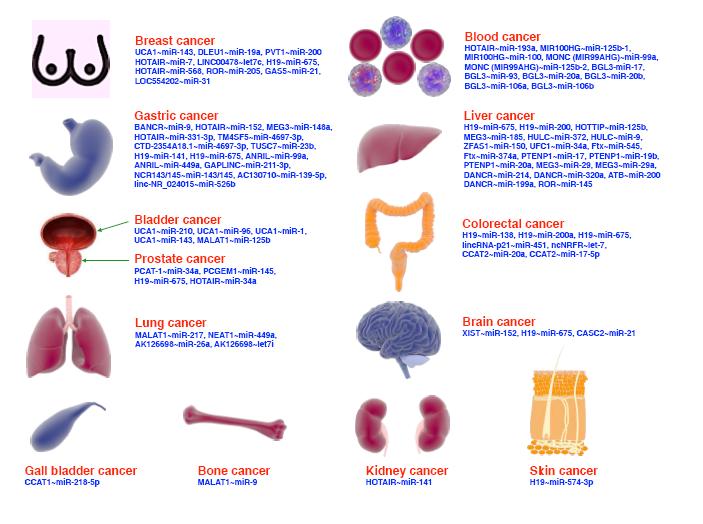Objective
To developapatient-reported outcomes scale of chronic obstructive pulmonary disease used for Chinese, thus offering tools for clinical efficacy assessment.
Methods
According to the development standard of International Patient-Reported Outcomes, the item pool was established and the preliminary scale was prepared. Then, 100 patients with chronic obstructive pulmonary disease and 50 healthy subjects were face-to-face interviewed with preliminary scale by well-trained investigators.Those copies were collected, surveys were analyzed and items were selected with 5 methods including measure of discrete tendency method, factor analysis, correlation coefficient method, Cronbach’s alpha coefficient method and item response Theory. Finally, the final scale was gained.
Results
The eventual scale contains 4 areas(physiological dimain, psychological dimension, social dimension, treatment), 11 dimensions(specific symptoms, general symptoms, individual, anxiety, depression, disease cognization, disease influence on social pctivity, social support, compliance, drug adverse reaction, satisfactory), and 52 items.
Conclusion
The ultimate scale coincides with the theoretical framework and reflects the connotation of the quality of life of patients with chronic obstructive pulmonary disease.
Citation:
LiMinjie, LvHongmei, LuoYanhong, LiuXiaoying, ZhangYanbo. Item Screening of Patient-reported Outcomes Instrument for Chronic Obstructive Pulmonary Disease. Chinese Journal of Respiratory and Critical Care Medicine, 2016, 15(2): 105-108. doi: 10.7507/1671-6205.2016027
Copy
Copyright © the editorial department of Chinese Journal of Respiratory and Critical Care Medicine of West China Medical Publisher. All rights reserved
| 1. |
Meneze AM, Perez-Padilla R, Jardim JR, et al. Chronic obstructive pulmonary disease in five Latin America cities (the PLATI-NO study):a prevalence study. Lancet, 2005, 366:1875-1881.
|
| 2. |
Zhong N, Wang C, Yao W, et al. Prevalence of chronic obstructive pulmonary disease in China: a large, population-based survey. Am J Respir Crit Care Med, 2007, 176:753-760.
|
| 3. |
吕宏梅, 张岩波.患者报告结局(PRO)在临床疗效评价体系中的应用与思考.医学与哲学:临床决策论坛版, 2011, 32:1-3.
|
| 4. |
Leidy NK, Vernon M. Perspectives on patient-reported outcomes: content validity and qualitative research in a changing clinical trial environment. Pharmacoeconomics, 2008, 26:363-370.
|
| 5. |
Guidance for industry:patient-reported outcome measures:use in medical product development to support labeling claims:draft guidance.Health Qual Life Outcomes, 2009, 4:79.
|
| 6. |
郝元涛, 孙希凤, 方积乾, 等.量表条目筛选的统计学方法研究.中国卫生统计, 2004, 21:209-211.
|
| 7. |
吕静, 薛江平, 罗艳虹, 等.慢性心衰PRO量表条目的初步筛选.中国卫生统计, 2014, 31:379-382.
|
| 8. |
曾宪华, 马瑞, 郭小玲, 等.IRT等级反应模型在冠心病PRO量表编制中的应用.中国卫生统计, 2012, 29:639-641.
|
- 1. Meneze AM, Perez-Padilla R, Jardim JR, et al. Chronic obstructive pulmonary disease in five Latin America cities (the PLATI-NO study):a prevalence study. Lancet, 2005, 366:1875-1881.
- 2. Zhong N, Wang C, Yao W, et al. Prevalence of chronic obstructive pulmonary disease in China: a large, population-based survey. Am J Respir Crit Care Med, 2007, 176:753-760.
- 3. 吕宏梅, 张岩波.患者报告结局(PRO)在临床疗效评价体系中的应用与思考.医学与哲学:临床决策论坛版, 2011, 32:1-3.
- 4. Leidy NK, Vernon M. Perspectives on patient-reported outcomes: content validity and qualitative research in a changing clinical trial environment. Pharmacoeconomics, 2008, 26:363-370.
- 5. Guidance for industry:patient-reported outcome measures:use in medical product development to support labeling claims:draft guidance.Health Qual Life Outcomes, 2009, 4:79.
- 6. 郝元涛, 孙希凤, 方积乾, 等.量表条目筛选的统计学方法研究.中国卫生统计, 2004, 21:209-211.
- 7. 吕静, 薛江平, 罗艳虹, 等.慢性心衰PRO量表条目的初步筛选.中国卫生统计, 2014, 31:379-382.
- 8. 曾宪华, 马瑞, 郭小玲, 等.IRT等级反应模型在冠心病PRO量表编制中的应用.中国卫生统计, 2012, 29:639-641.




